WHAT’S UP WITH OUR WATER?
Sharon King, Mayor
Sharon King, Mayor
You’ve heard lots of talk about our water situation over the last few years. There are several sources that show the Ogallala Aquifer, from which we get our water, is not recharging as quickly as it used to. To substantiate that, ask any farmer you know. I hear stories of wells that pumped 1,000 gallons per minute 15-20 years ago that are only pumping 150-250 per minute now. The city’s wells are no different.
Each year the City hires a hydrologist, Charles Wilson, to analyst our current water situation and to recommend action to be taken. You can see those reports on the City’s website, www.portalesnm.gov. Search for Water Conservation Report and you will find the past few years. The most recent report is for 2015. We are still waiting for 2016’s report.
So what do we need to do to meet our needs? There are a few actions that can be taken. Last month, the City Council had a water workshop with engineers from D.B. Stevens and Associates out of Albuquerque. They presented several things that would help provide more water to the community.
Of course, the most basic is conservation by the city and the residents. We have made huge improvements in conversation over the last few years. A couple of actions the city has taken is we now have an ordinance that requires new structures, residential and commercial, to landscape a certain portion of the land in xeriscaping. For single-family residential homes, 50% of the total outdoor landscaping must be xeriscaped. For multi-family, commercial and industrial areas, only 2.5% can be grass. Residents needing help in selecting plants that meet the requirements can contact City Hall for information regarding those plants.
The City also has a watering schedule in place. During normal conditions, the plan is voluntary; however, if the City is experiencing a decrease in its water supply, for whatever reason, the plan may be moved into a mandatory category. The watering schedule is:
♦ Landscape watering is discouraged on Mondays.
♦ Houses with odd numbered addresses water Tuesday, Thursdays and Saturdays.
Houses with even numbered addresses water Wednesday, Friday and Sundays.
♦ Landscape watering is discouraged between the hours of 10:00 a.m. and 6:00 p.m
all other days of the week.
♦ Shutoff nozzles are recommended on hoses used for hand-watering.
♦ Washing a hard surface is discouraged (e.g. driveways, sidewalks, parking lots,
outdoor eating areas).
♦ Fugitive water shall not be permitted to leave the intended irrigation area.
♦ Houses with odd numbered addresses water Tuesday, Thursdays and Saturdays.
Houses with even numbered addresses water Wednesday, Friday and Sundays.
♦ Landscape watering is discouraged between the hours of 10:00 a.m. and 6:00 p.m
all other days of the week.
♦ Shutoff nozzles are recommended on hoses used for hand-watering.
♦ Washing a hard surface is discouraged (e.g. driveways, sidewalks, parking lots,
outdoor eating areas).
♦ Fugitive water shall not be permitted to leave the intended irrigation area.
The City is also working toward re-using waste water on city parks. The
pipes have been installed between the wastewater plant and the parks. The staff will work on completing the pipeline and sprinklers within the parks as time allows.
Another action the engineers explained to the Council was ASR (Aquifer Storage and Retrieval). This method allows us to take treated water and reinject it into the aquifer. Potable water can then be recycled through the current system and added to the stored water.
An action that the City is constantly pursuing is expanding the wellfields. We are always drilling test wells and determining if there is a location within our current wellfield that might produce more water than our current wells. The underground water is not a river, it is flowing (almost an “ooze”) through sand. After pumping in one area for a period of time, it decreases the amount of water in that site. When we discontinue using that particular well, it will usually, but not always, reabsorb water. Rotating from well to well, decreases the strain on the overused wells so that they can hopefully recover. This method is an ongoing effort.
pipes have been installed between the wastewater plant and the parks. The staff will work on completing the pipeline and sprinklers within the parks as time allows.
Another action the engineers explained to the Council was ASR (Aquifer Storage and Retrieval). This method allows us to take treated water and reinject it into the aquifer. Potable water can then be recycled through the current system and added to the stored water.
An action that the City is constantly pursuing is expanding the wellfields. We are always drilling test wells and determining if there is a location within our current wellfield that might produce more water than our current wells. The underground water is not a river, it is flowing (almost an “ooze”) through sand. After pumping in one area for a period of time, it decreases the amount of water in that site. When we discontinue using that particular well, it will usually, but not always, reabsorb water. Rotating from well to well, decreases the strain on the overused wells so that they can hopefully recover. This method is an ongoing effort.
The last method the engineers just briefly mentioned was the Ute Water Project. Because the Council had recently had an update from the Executive Director of the Eastern New Mexico Water Utility Authority, time was not taken to discuss this project in depth.
At the conclusion of the workshop, I asked the engineers which of the methods they would recommend for us. Their answer was simple, “All of them.”
The bottom line is that we do have a water problem. We can’t ignore that fact. The good news is that we also have solutions.
The bottom line is that we do have a water problem. We can’t ignore that fact. The good news is that we also have solutions.







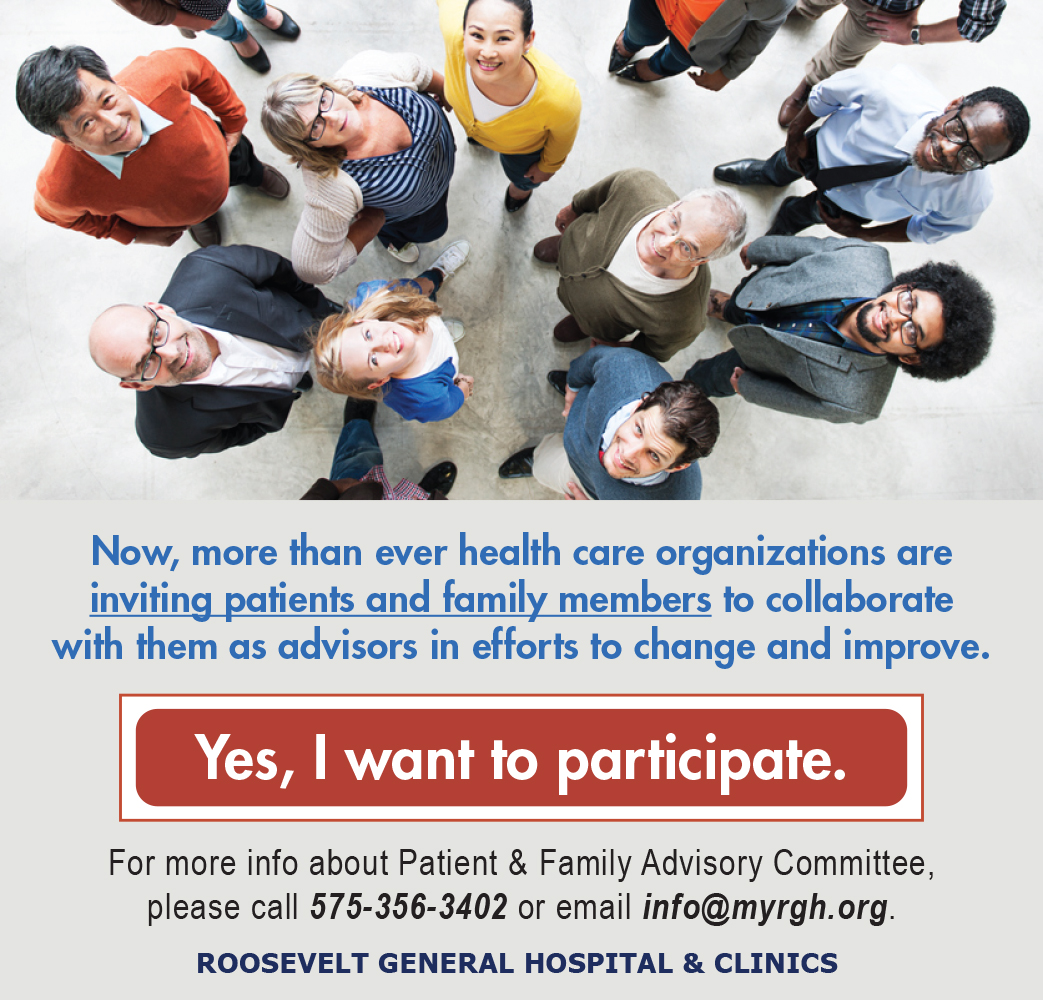









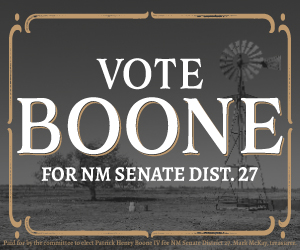
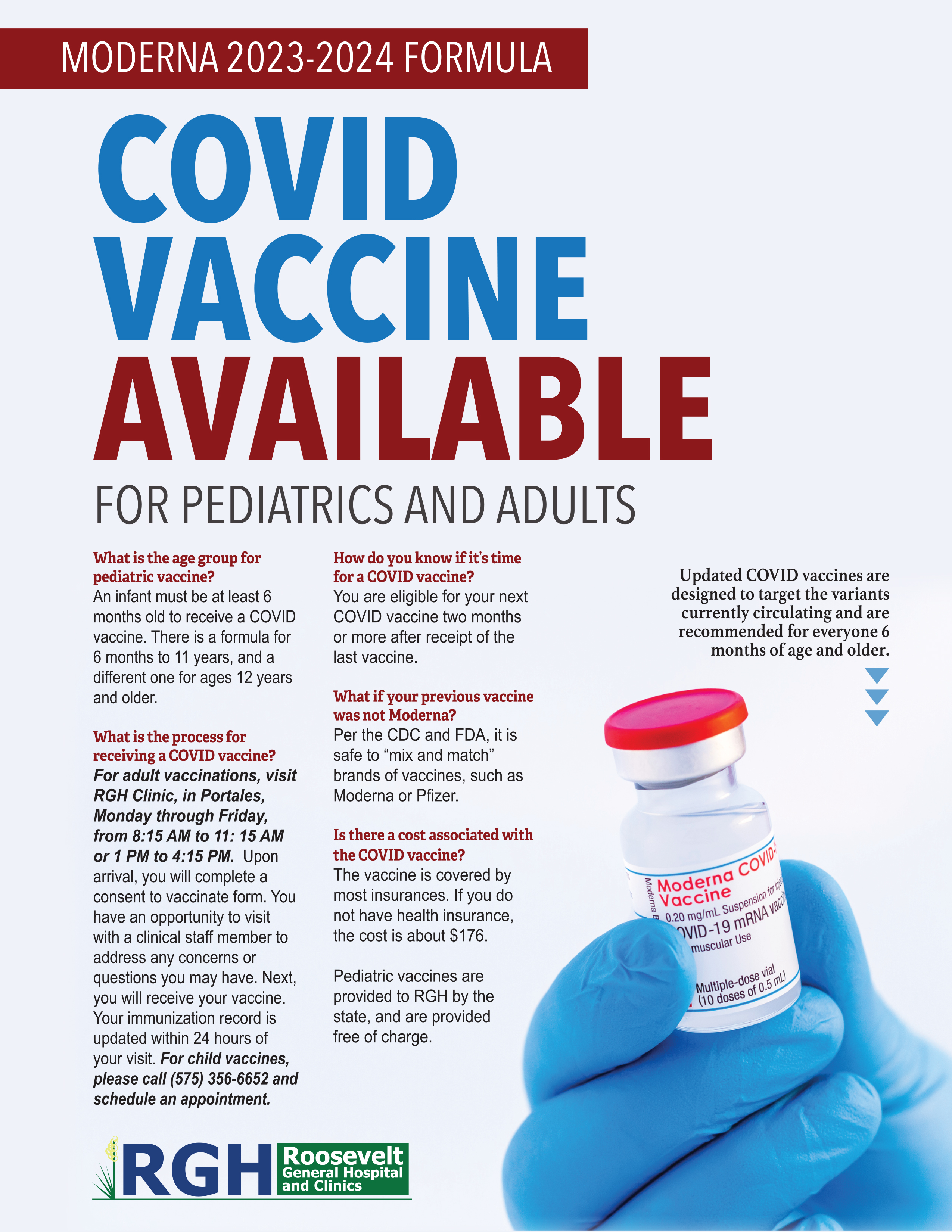






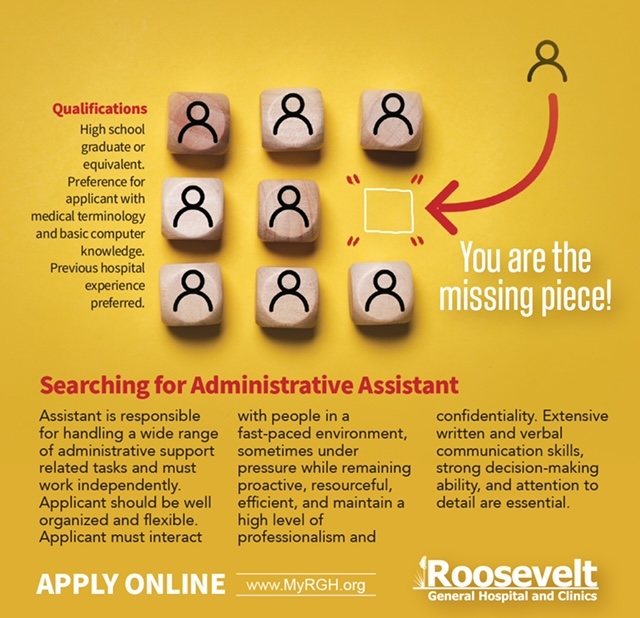


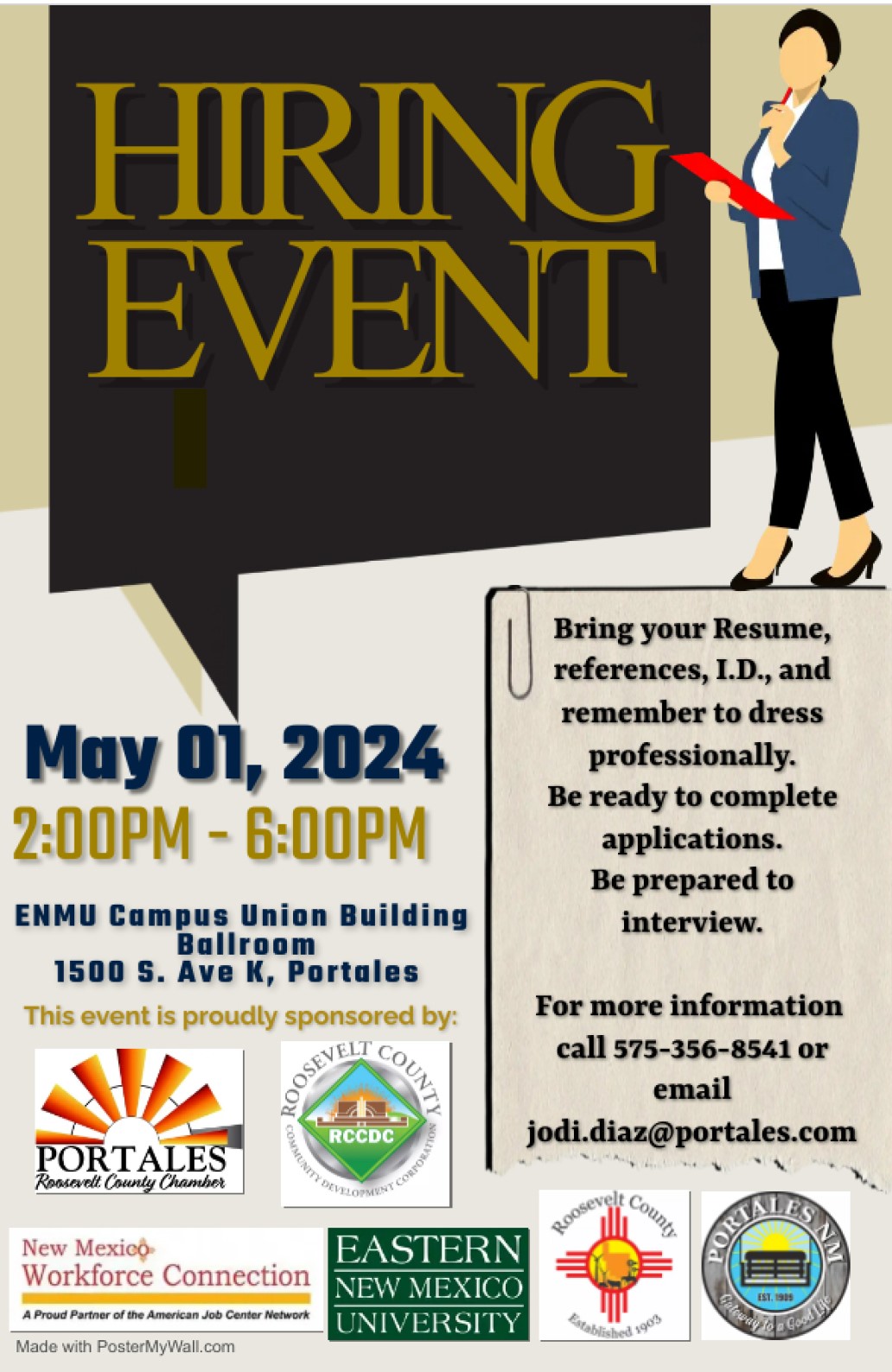
I am stupefied that the city would go through the time effort and money to clean the water and then put it back in the ground. Wells are not isolated from each other if they were the big wells would always be big. It would be like dumping a pint of water in the ocean so you could go get a drink later.
Water restrictions are not enforced. Last summer,my yard almost died because I had problems watering my assigned days, but people down the street were watering their yard EVERY night about 7:30 to 8:30. When I reported it 3 times nothing was done about it. As long as these people get away with not following restrictions, they will keep on doing it.